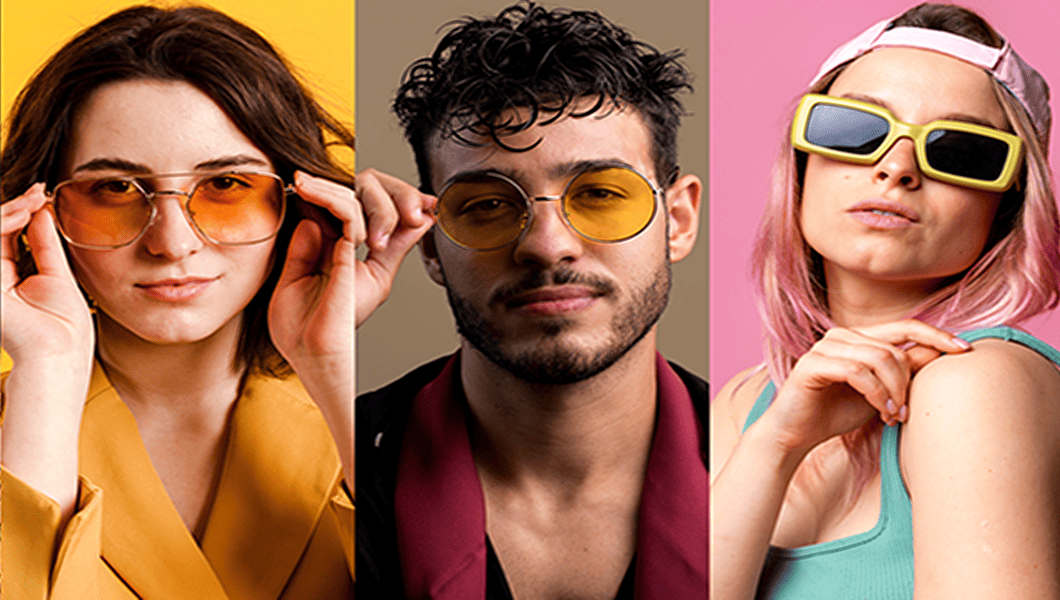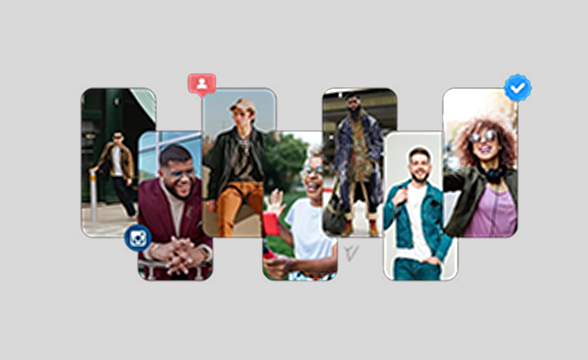Introduction
Have you ever wondered why some influencers demand and charge thousands for a single
post on their social media accounts, while some influencers settle for the free? In
today’s digital world, the world of influencer marketing is a complex ecosystem where
pricing can vary dramatically according to the different types of influencers.
Whether you're an agency or a brand looking to collaborate with
an influencer or an
aspiring influencer aiming to monetize its following,
understanding the factors like
content quality, engagement rates, that drive influencer pricing is very much crucial in
today's digital landscape and staying ahead of your competitors.
In this blog, we'll take a look at the key factors that have an impact on how
influencers set their prices. We'll dive into everything from the most crucial stats
like follower numbers to the less important aspects such as where they're based and
market needs. This will give you a full picture of what goes into deciding influencer
rates. By the time you finish reading this blog, you'll have a thorough grasp of how
influencer pricing works and how to handle this always-changing field. Let's break down
these key factors one by one!
Follower Count And Engagement Rate
A. Understanding The Important of Audience Size
Audience plays a very crucial role when you decide to collaborate with an influencer. Having an audience that can understand your services or products and use them is very vital, as they are the end consumer who will spread the review and recommend them to other users. Thus the quality and relevance of the audience are very much crucial. Let’s look at the breakdown of how audience size affects pricing:
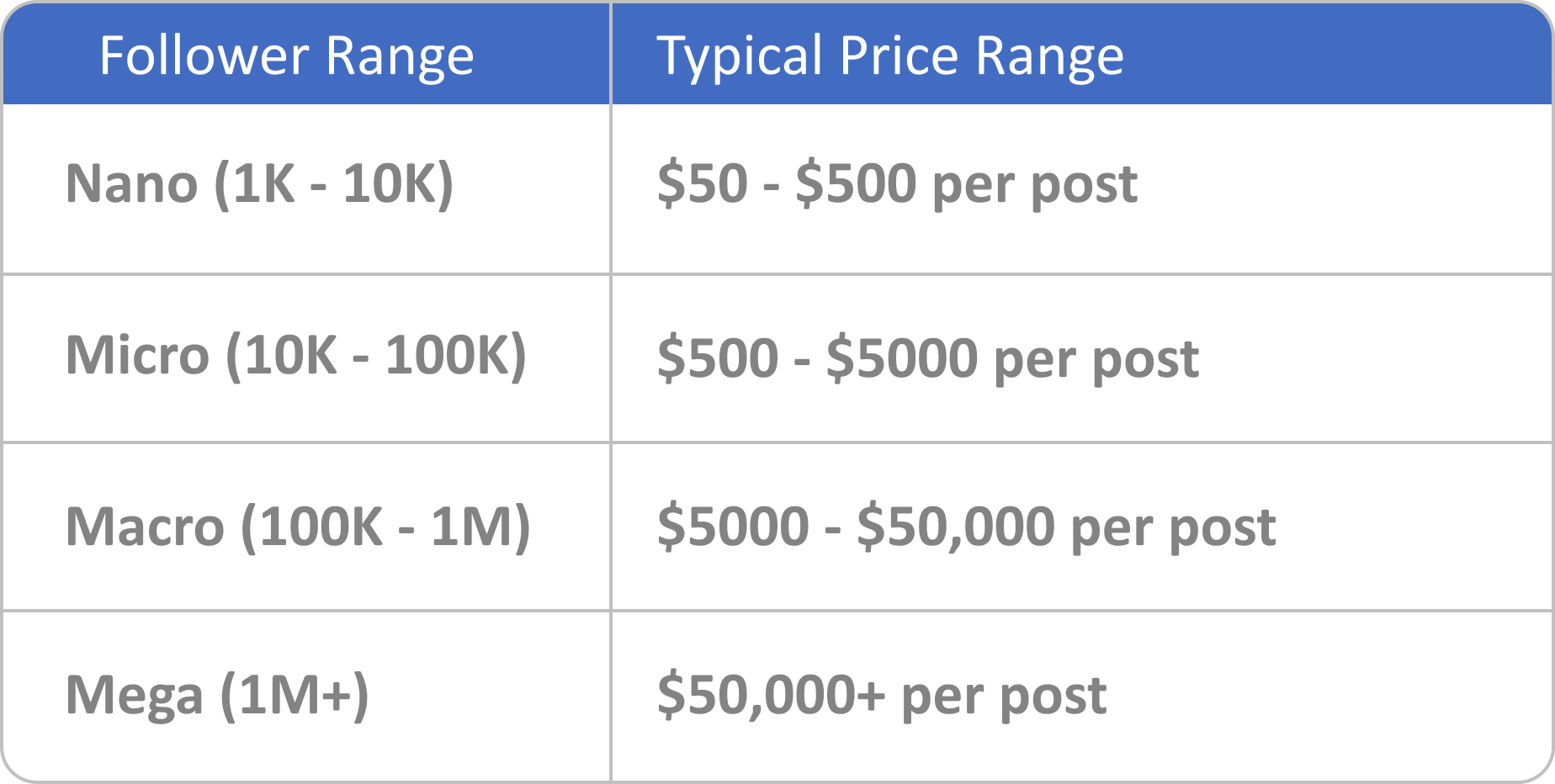
B. Measuring Genuine Engagement
Once you know the right audience for your brand, the next factor that is important for agencies and businesses to know is the engagement rate of the influencer . The engagement rate is usually measured by dividing the total engagement (likes, comments, shares) by the total followers, expressed in percentage terms. A high engagement rate often includes the following:
- Active and interested audience.
- Authentic content that resonates.
- Potential for better ROI.
Agencies & Businesses often prioritize micro-influencers over any other influencer type as these influencers usually have a higher engaged audience and they often do not charge way too much for a single post as the case with mega and macro influencers. To read more about how micro influencers can be game changer for your agencies or business , you can read our dedicated blog on How Micro Influencers Can Be The Game Changers for Your Agencies and Businesses.
Platform & Content Types
A. Difference In Pricing Across Different Social Media Platforms
Influencers charge differently on different social media platforms. Here's the breakdown of the different pricing structures on the different social platforms:
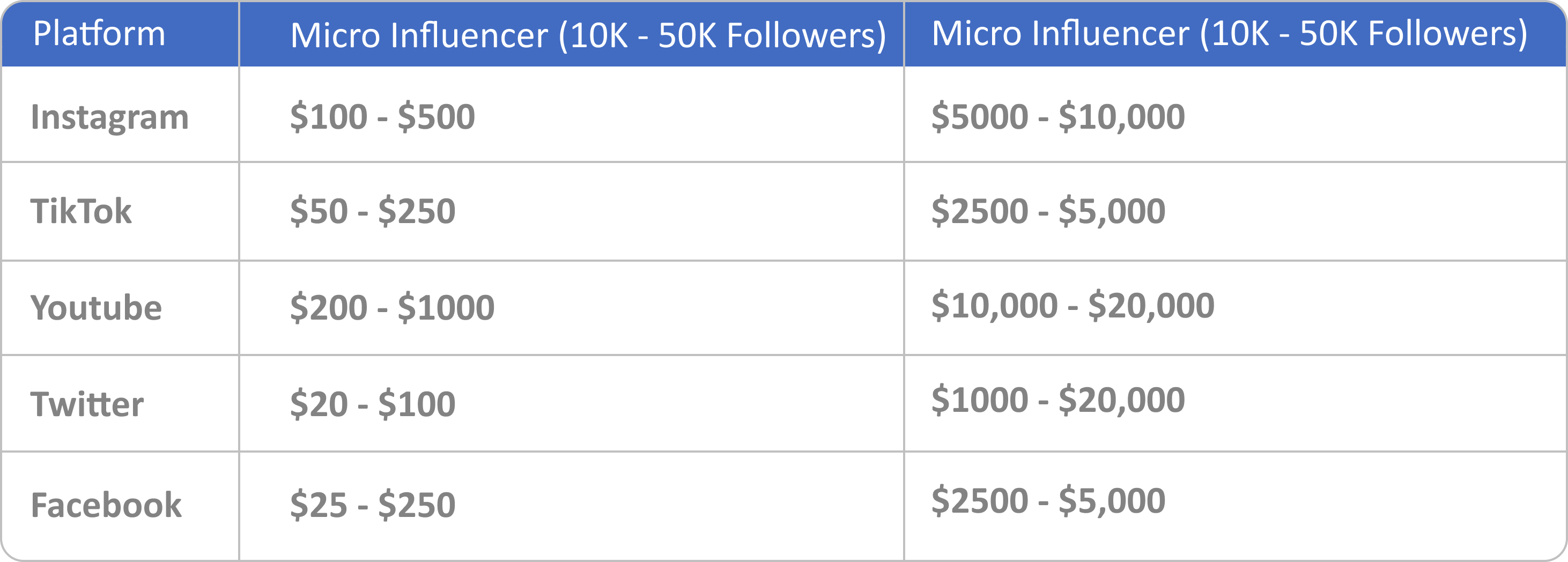
B. Influencer of Content Format (Video, Photos, & Text)
Content plays a crucial role in determining the influencer pricing. Generally the pricing structure of the content is as follows:
- Video content (highest).
- Photo content.
- Text-only content (lowest).
Influencers charge a high rate for the videos especially for the longer format videos, because of the increased product efforts and time. Photos and text-only content usually demand less effort and time, which is why these content types usually don't go much higher in price.
C. Niche Specific Pricing Considerations
Niche specific market can significantly impact influencer pricing. Some factors affecting the niche specific audience pricing includes:
- Market demand
- Audience demographics
- Industry competition
- Specialized knowledge required
For example, influencers in tech and finance usually charge much higher due to the high value audience. Now that we have explored how the platforms, and content types affect the pricing structure, let’s examine the impact of the influencer’s brand and reputation.

Get the Best Value for Your Influencer Campaigns!
Explore the key factors that impact influencer pricing and make informed decisions for your brand.
Let’s TalkInfluencer's Brand and Reputation
A. Industry Expertise & Relevance
Influencers who have specific industry expertise and relevance often charge the premium price. Let’s focus on how influencers with different expertise level influence the pricing:
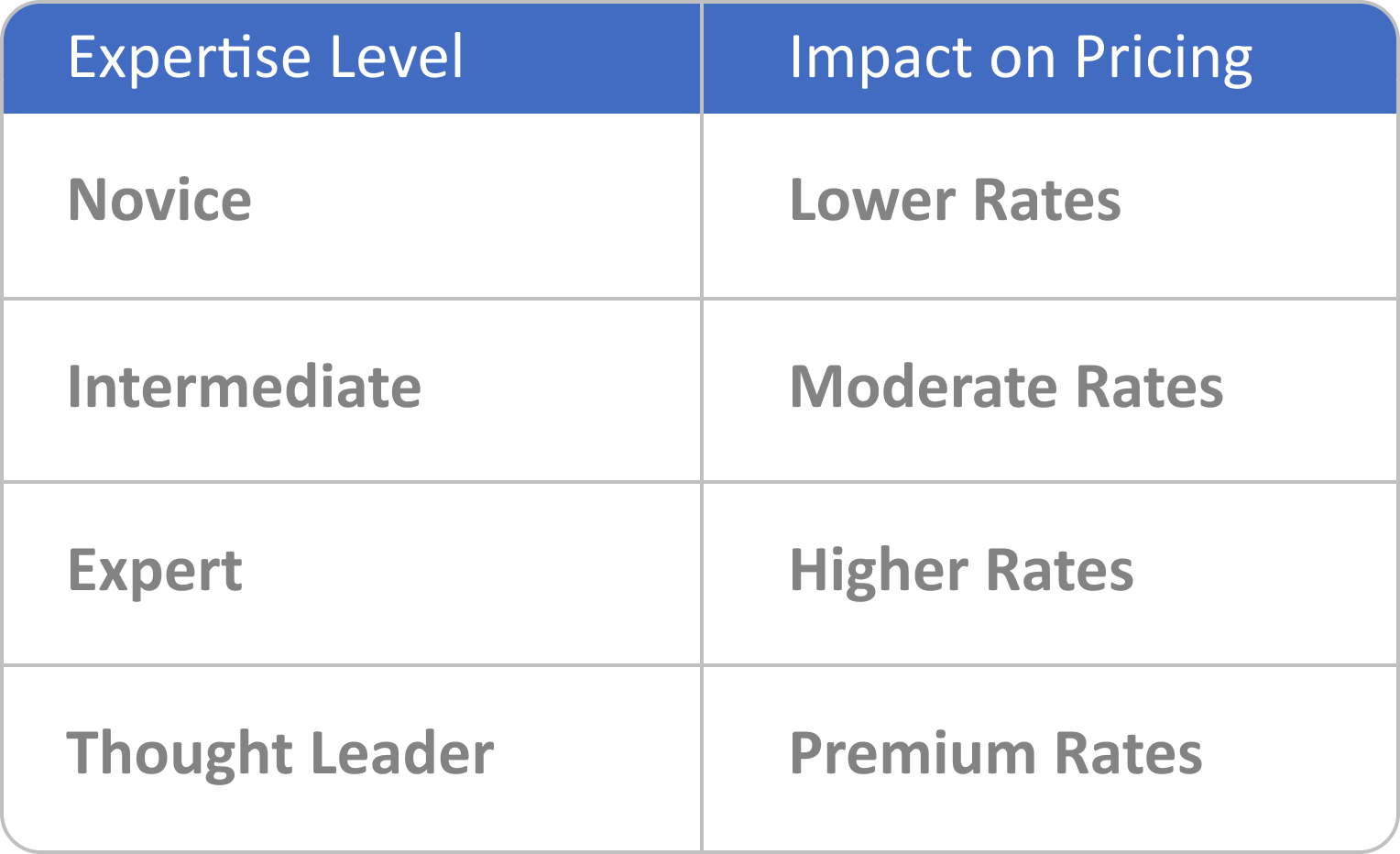
B. Personal Brand Growth
An influencer’s brand plays a crucial role in determining their pricing. Factors contributing to the influencer's personal brand are:
- Consistent messaging.
- Distinctive visual identity.
- Unique voice or perspective.
- Strong audience loyalty.
C. Authenticity & Trustworthiness
Influencers who have maintained trust and genuine connection with their audience can often charge more for their service. This is because:
- Authentic content resonates more with audiences.
- Trustworthy influencers have higher engagement rates.
- Genuine recommendations lead to better conversion rates.
Campaign Specific
A. Scope of Work Required
The scope of work plays a crucial role in determining the pricing of the influencer's collaborations. The scope of work covers various things that an influencer needs to fulfill during the campaign like content creation, number of deliverables, social media posts, and content scheduling. Below is the scope of the element and how it affects the pricing.
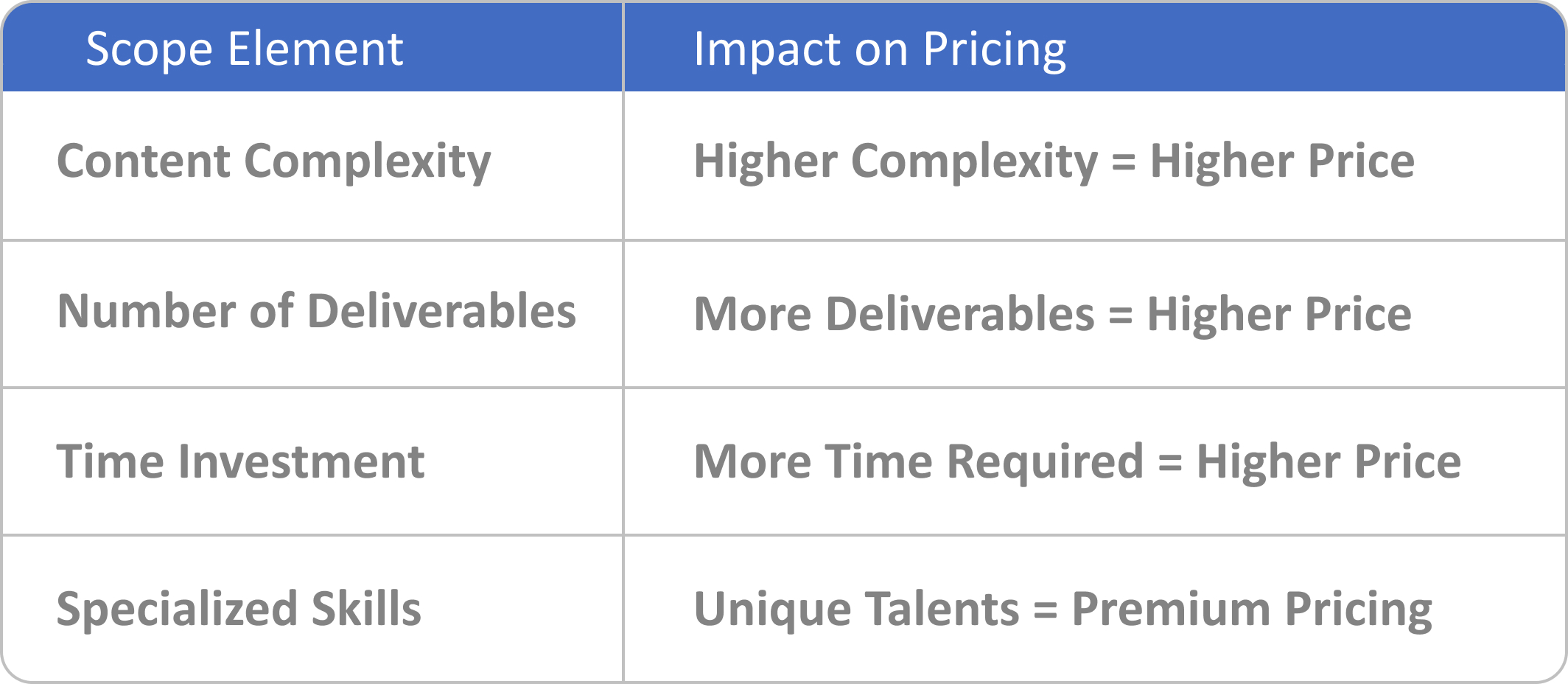
B. Campaign Duration
The length of the campaigns also affects the influencer pricing. Longer campaigns usually come with discounted rates, while shorter campaigns often result in high prices. Consider the following factors.
- Short-term vs. long-term partnerships.
- Frequency of posts or content creation.
- Ongoing engagement requirements.
- Potential for extended collaborations.
C. Usage Rights & Licensing
The extent of the usage rights and licensing directly affects the influencer pricing. Important factors include -
- Platforms for content distribution.
- Duration of content usage.
- Geographical limitations.
- Repurposing rights for brand-owned channels.
Now that we have explored the various campaign specifics, now let’s look at the Influencer's Experience and Professionalism.
Influencer's Experience and Professionalism
A. Years in Industry
In any industry, the higher the experience level is the higher their price tag will be, same case is with the influencers. Influencers who have more experience will obviously charge much, due to their vast amount of industry knowledge and large audience network. Let’s look at the breakdown of how experience affects the pricing:

B. Portfolio Quality
The quality of the influencer's portfolio, effects largely the influencer's pricing. The better the influencer's portfolio, the more they will charge for the collaboration. A well structured and established portfolio of the influencer include:
- Consistency in content style.
- Diversity of brand collaborations.
- High-quality visuals and production value.
- Demonstrated results from past campaigns.
C. Business Acumen & Negotiation Ability
Savvy influencers who have strong business knowledge and skills can negotiate better and can command higher prices for collaboration. Key factors include:
- Understanding market rates.
- Ability to articulate unique value propositions.
- Flexibility in creating customized packages.
- Knowledge of legal and contractual aspects.
Influencers who demonstrate these skills are often seen as the professional partners both for agencies and businesses, rather than mere content creators.
Final Conclusion
Understanding how to price influencer collaborations means looking at many different
things. The number of followers, how much people interact with posts, which social media
platform is used, and what kind of content is made all affect an influencer's worth. An
influencer's reputation, what the campaign needs, what's happening in the market, and
how much experience they have also shape how much they charge.
When companies and marketers team up with influencers, they need to think about all
these things together. To get the most out of your marketing ROI and create real
interesting campaigns that your audience likes, you should find influencers that fit
your brand, especially the product and the service you would like to offer to their
audience, and think about how much they can help. Keep in mind good influencer
partnerships happen when both sides understand each other, know what to expect, and
agree on fair pay.
.png)

 1.png) Arham Jain
Arham Jain
 03/02/2025
03/02/2025
 6 min
6 min
.jpg)
